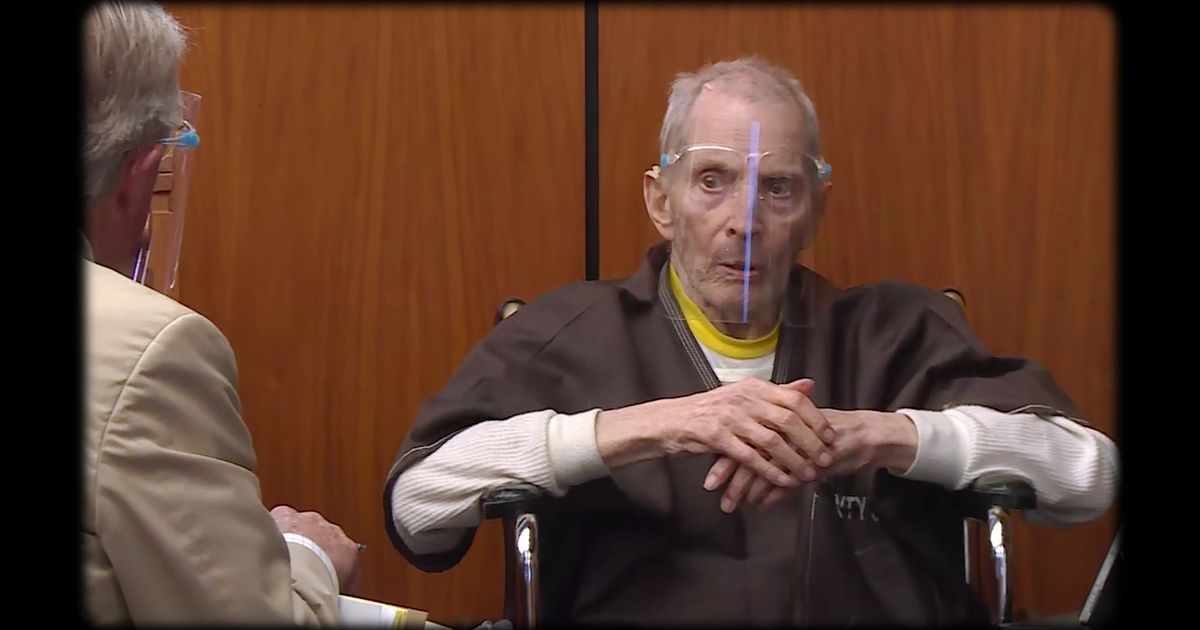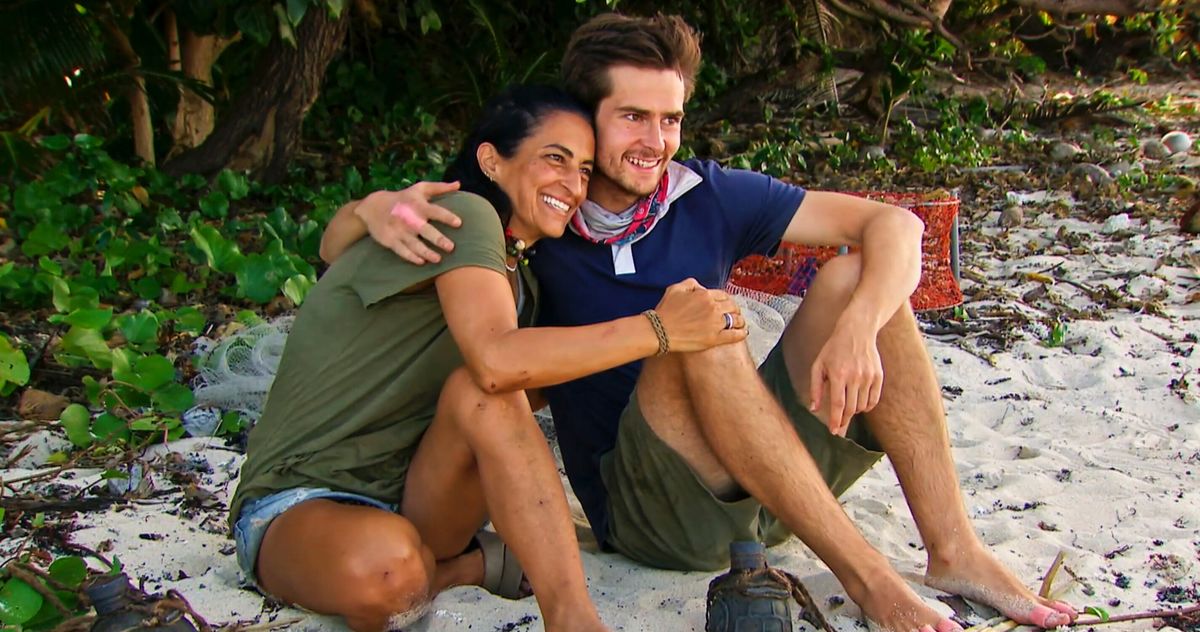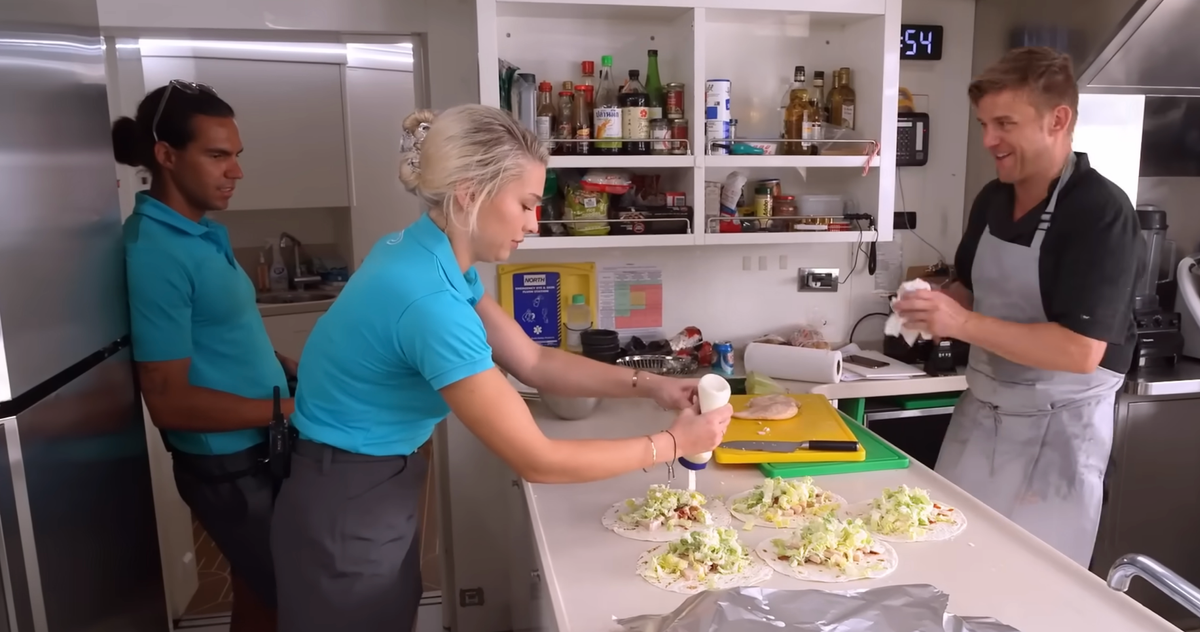Photo: HBO
In the two murder trials of Robert Durst — when juries were confronted with evidence that Durst killed three different people, not just the one under specific scrutiny — at least two shocking confessions accompanied the damning physical evidence against him. In the Morris Black case, Durst admitted to killing his ornery neighbor in Galveston, dismembering his body, and tossing the parts in Galveston Bay. In the Susan Berman case, Durst admitted to writing a note to the “Beverley Hills” police to inform them of where they could find a cadaver, which did the additional work of putting him in Los Angeles at the time of the murder (which he’d denied) and, of course, in the house peering over her dead body. Those are both enormous, case-breaking admissions, the sort that send defendants who aren’t heirs to New York real estate fortunes straight to jail.
Nevertheless, cowboy attorney Dick DeGuerin managed to convince a 12-member Texas jury that Durst murdered and chopped up a guy in self-defense, which qualifies him as a modern-day Clarence Darrow. (In one of my favorite moments from the first season of The Jinx, Chris Lovell, the juror who’d immediately befriend Durst after the trial, talks about convincing the last holdout that the whole dismemberment thing wasn’t worth puzzling over.) And so not only did it make sense for Durst to rehire DeGuerin and three other lawyers, including high-priced Vegas celebrity fixer David Chesnoff, for the Berman trial, but to deploy many of the same tactics, too. The formula that had worked in Galveston, where Durst conceded a big piece of evidence and then took to the stand to explain himself, would surely work out here, right?
Not so much, as it happens. The fallout from the verdict, which I’ll get to later, is a darkly hilarious capper to this whole tragic, surreal state of affairs. But the simple reality is that Durst obviously “killed them all, of course,” and the justice system accommodated him for as long as it could, right up until just a few months before his death. As Mark Lewin told reporters after the verdict went down, he was a 78-year-old who’d enjoyed 40 years of freedom after committing his first murder. Kathie McCormack, he reminds us, “didn’t make it to 30.”
This half-mournful/half-gobsmacking fifth episode opens with a reminder that Andrew Jarecki, too, has been living with this case for nearly 20 years. It flashes back to Jarecki interviewing McCormack’s mother in her childhood home in Long Island and encountering her brother, Jim, a then-middle-aged man who tells Jarecki that the family had held off on a memorial service and everyone needs to have the patience to see the process through. Cut to 16 years later, Jim is a gray-haired retiree still waiting for justice after the Galveston verdict left him feeling like “he couldn’t breathe for a minute and a half.” The ironic and extra-sad aspect of the McCormacks’ situation all these years is that justice specifically for Kathie has never been in the cards. They’ve been relying on Durst getting punished for other murders in order to get some satisfaction of their own.
“Mostly the Truth” is about the embarrassing spectacle of Durst taking the stand again and essentially lighting himself on fire. However, Lewin provides the gasoline and a box full of matches. Still, in what may be a suspense-goosing tactic on Jarecki’s part for viewers unaware of the verdict in advance, DeGuerin’s direct questioning does seem to have had an impact on the jurors he interviewed for the documentary. One juror says, “You’re looking at this old guy going, ‘Wow, could he really have done this?’ You just don’t know.” (Yo Carlos, he might have been in better shape 20 years ago!) Then another, when DeGuerin evokes the sad childhood of a man who watched his beloved mother die at age seven and had distant or antagonistic relationships with his father and brother, likens him to a little kid and says, “Something about him just makes you want to help him.” These jurors obviously came to the right conclusion, but it’s disturbing proof that these tactics can sway a jury.
On cross, Lewin comes in with a battering ram, though he’s aided by Durst’s hostility toward him. Jurors swayed by the portrait of Durst as a frail old man with a tragic past might have noticed the sharpness of his expression when Lewin asks what he’d like to be called. (“How about ‘sir’?”) Lewin then draws from a 300-page document of Durst’s lies, starting by knocking the legs out from under the “emotional memories” of young Durst playing frisbee and UNO with his family before either one was invented. While confessing to writing the “cadaver note” allows Durst the freedom to mold a plausible narrative around the established facts of the case, it also opens up serious and damning vulnerabilities. Durst claims that he had come to L.A. for a Christmas “staycation” with Berman and two old friends, intending to visit Catalina Island and Disneyland. But Berman’s day planner, which rigorously documented her activities, makes no mention of their holiday get-together. There’s only a reminder to “call Bobby” closer to year’s end.
But it seems that Durst’s pitiable condition, emphasized to draw sympathy from the jury, worked against him over a nine-day interrogation so exhaustive that the judge ordered it to wind down. He slips up when asked about his first wife’s disappearance. (“I never said I knew where Kathie was buried.”) He admits to having perjured himself during Lewin’s cross-examination. And he’s also upfront about what he’d do if, hypothetically, he had killed Susan Berman. (“Would you lie under oath to help your case?” “Yes.” “If you had killed Susan, would you tell us?” “No.”) In his closing argument, Lewin makes it clear to the jury that Durst’s frailty isn’t a relevant concern. And they wind up agreeing with him.
The verdict itself offers one of the more astonishing moments in the episode: Not only was Durst too ill to make court that day, but no one on his legal team bothered to tell him the verdict. He paid $12 million for what appears to be a half-hearted (or perhaps just doomed) defense, and DeGuerin and company took the next plane out of town like Lyle Lanley after conning dupes into a faulty monorail. The man who finally does tell Durst is criminal defense attorney Alan Abramson, who — twist! — is Debrah Charatan’s lawyer and has been attending the trial every day in her mysterious absence. It turns out that playing confidant to a sociopathic killer might have consequences, too.
• It’s a small thing, but a 78-year-old man still referring to his mother as “mommy” does suggest her loss as a formative moment or at least a moment where his development was stunted. Perhaps that’s why a juror likened him to a child on the stand. (On the other hand, Chesnoff talking about how Durst’s past “led him to be the way he is” isn’t helpful if “the way he is” has put him on trial two times for murder.)
• Durst’s lawyers bailing with $12 million of his money naturally leads us to question Charatan’s contention that it was too hard for her to make it to court. Getting her lawyer to give her updates from the room is a form of support, just not for Durst.
• “Those words are all little words. If there’s one of them you’re having a problem with, I’m sure you can look it up at some app or other.” Maybe there was a point where Durst knew it was going so badly for him that he felt free to troll Lewin for sport.
• Such a strange marital dynamic between Nick Chavin and his wife, who seems torn between understanding Nick’s difficulty accepting his friend’s guilt and considering him a fool for not seeing the obviousness of it.
• More signs that Durst knew his defense wasn’t going well: “What I’m charged with is killing Susan Berman. The fact that you’re able to bring Kathie Durst into it just shows that the prosecution’s lawyers have been doing better than the defense lawyers.”















